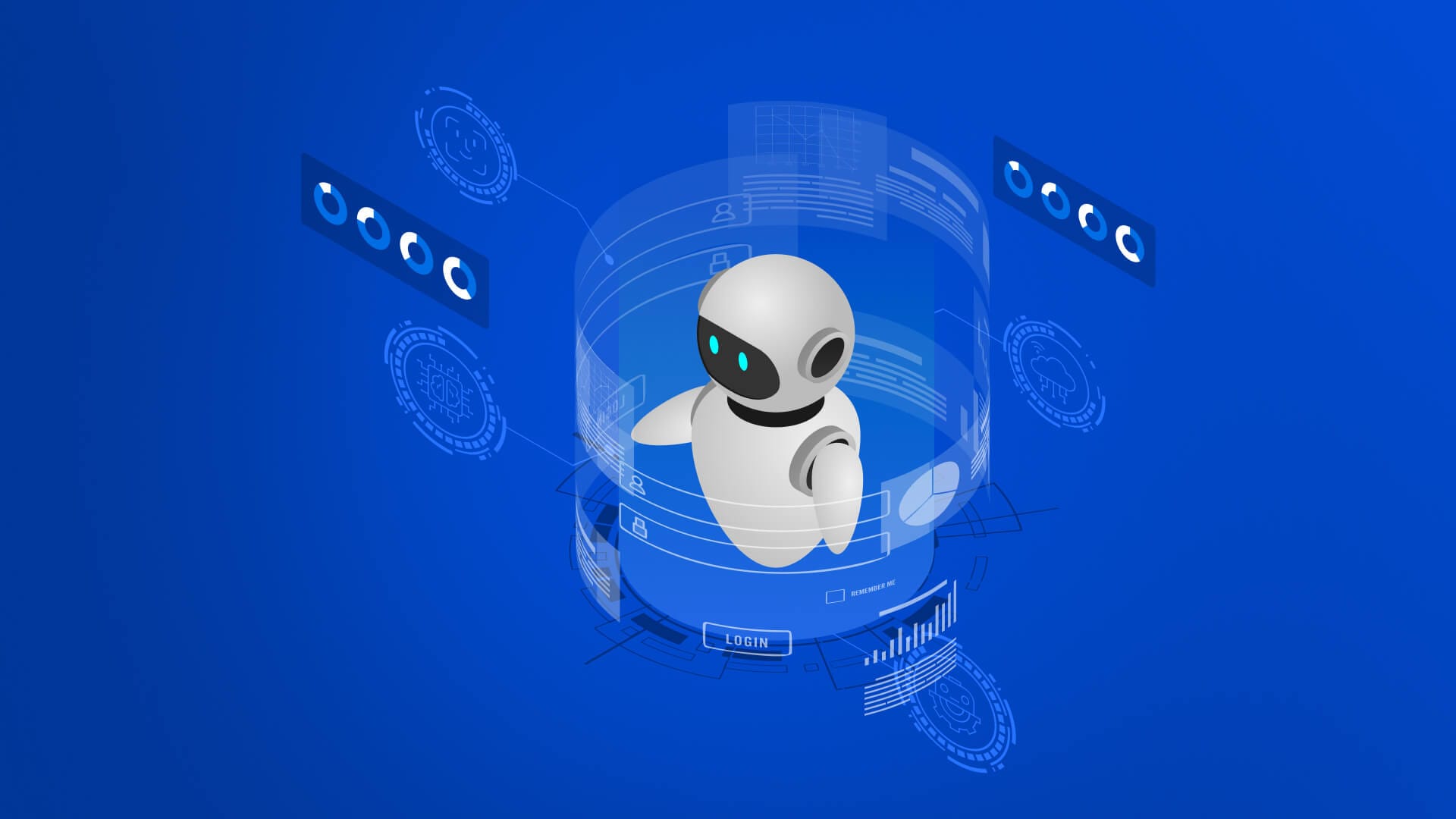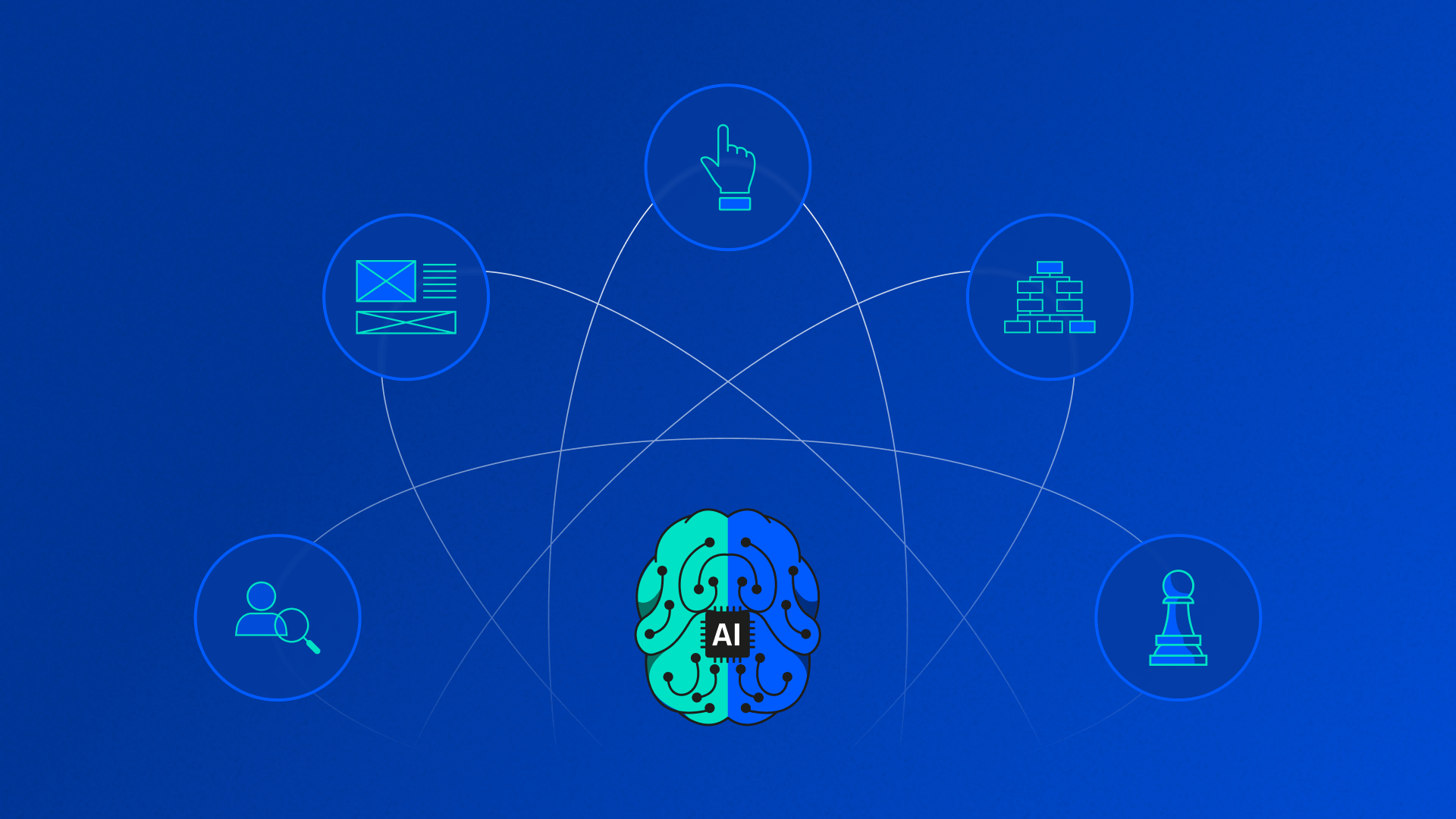Quick Summary: Are you looking for what is AI powered personalization or want to know how AI is redefining UX design? Or Just looking for the list of challenges comes with AI in UX design? Your search ends here. Here is your detailed blog about AI’s impact on UX design and what challenges you can face while implementing AI in your project.
Artificial Intelligence is the next big thing in human evolution. WIth recently becoming mainstream AI has sped up the development and reduced the resource and time consumption. It is solving day to day problems, writing codes, generating images and videos and more. However, the biggest impact of AI can be seen on the UX design industry. Brands are already integrating AI in business processes to boost it. The step of making personalized design now powered by AI. With so many things to discuss about AI-powered personalization let us start with what it is actually.
What is AI-Powered Personalization in User Experiences Design?
Before starting with the actual definition of AI-Powered Personalization, let us know that it is the future of making the UX designs intuitive and user friendly. AI-Powered Personalization is when you use artificial intelligence to create unique user experiences. Youtube and Instagram are one the best examples of AI-powered personalization. They recommend you videos, posts, shorts, reels, etc. based on your activity on the app.
Integrating this method with UX design will enhance customer satisfaction rates at personal level boosting customer acquisition rates. According to Statista, 57% of the companies feel AI powered personalization is really beneficial and 44% of the global leaders identified real-time data and repeat purchases or customer retention as the foremost criterion. Let us now understand how AI does it.
How AI Enhances Personalization in UX Design
You are not the only one who can see your surroundings influenced by AI. It's high time that we start involving AI in the development of our UX design. Many brands have already started using AI to enhance personalization of their design. They use AI tools to make this process simple and efficient. According to multiple reports, 92% of the brands use AI in the designing process which has also positively influenced their user experience.
Smarter Design Processes: AI as a Creative Assistant
AI as a creative assistant in UX designing can be directly compared to the invention of wheels for the human race. The designing process became much simpler. One of the best parts of it is that the content adaptation according to the device and user behavior is now a piece of cake. Hours of effort are now saved thanks to AI wireframing tools that automates the whole wireframing process.
Seamless integration across platforms
AI simplifies the complex structure of integration across platforms helping users access the applications effortlessly. With integration of different platforms you will be able to make informed decisions. The most innovative integration AI could do is integrating food ordering and healthcare apps. Imagine you are getting health checkup suggestions based on the food you ordered recently. This is peak personalization in UX design.
Predictive Personalization
Whole process of making the UX design more personalized depends upon the data from recent searches, history, likes, etc. For example social media platform, Instagram provides “interested” and “not interested” options under reels and posts. Selecting one of the options will tailor your further Instagram journey. It is a part of predictive personalization. Even ecommerce platforms use it to increase their conversion rates.
Challenges and Ethical Considerations
AI acquires data from your recent search results, history, your activity on social media and ecommerce stores to make your future user journey more personalized. However, with this, the threat of data breaches rises. Protecting user data and ensuring privacy should be the top priority. Designers also need to be transparent with the data usage, maintaining the ethical practices and usability principles in AI implementation ensuring it is free from biases.
Voice and Visual Recognition Features
One of the best ways of enhancing personalization is recognizing voice and visual features of the users. It is now the future of UX design. Visual recognition has already been in use for years in smartphones. Yes, we are talking about face recognition to unlock your smartphones. AI assistants like Siri, Alexa, Google assistant work on voice recognition to enhance the personalization of UX design.
Challenges of AI in UX Design
AI being the next step in the evolution of designing industry also has some challenges to face. AI is like a little kid with supernatural powers - too powerful but still needs to be taken care of. We need to remember that only humans have the ability to show empathy, so completely relying on the AI for personalization can even be a failure. Here are some other challenges of AI in UX design.
Judgment Limitations
You might have already seen AI chatbots that help with your real time queries. Ecommerce stores have already implemented such chatbots. However, the limitation here is that AI chats can only solve simple queries, no matter how many they are. But when it comes to responding to a complex problem AI is still a failure.
Loss of Human Touch
To overcome situations where AI is a failure in complex problem solving. A human touch is extremely necessary in such situations. As per Statista’s report, an average of 35% of the users between the age of 18 to 45 think that AI chatbots instead of humans builds a negative brand image. Loss of human touch is a great dent in AI backed personalization of UX design.
Data Quality
With the loss of human touch the data quality is also compromised. It is a great challenge for AI powered UX designs to ensure the quality and diversity of the training data. Any type biases present in the training data can lead to the discriminatory user experiences. It will raise ethical questions.
Complexity
AI is complex on many levels. It adds complexity in steps like integration, testing and debugging. To make the UX personalized seamless integration between the AI and user interfaces is really necessary. And when it comes to testing and debugging AI, it is a real challenge because its behavior changes based on inputs.
Conclusion
AI powered Personalization is truly an asset only when it has a little human touch on it. Completely relying on it also negatively impacts your brand image. With AI reshaping UX design by enabling great efficiency, creativity and personalization, it is our job to make sure ethics, transparency, and user trust is maintained. To make sure all of this happens you can hire a UX team provided by TheFinch Design. We are a team of experts with experience of building AI powered UX design prioritizing personalization. Contact us. Let’s add that human touch to your AI powered UX design.
Ravi Talajiya
CEO of TheFinch
With over a decade of experience in digital design and business strategy, Ravi leads TheFinch with a vision to bridge creativity and purpose. His passion lies in helping brands scale through design thinking, innovation, and a deep understanding of user behavior.





















